The recipe for Basque cheesecake, renowned for its signature burnt crust and gooey, semi-molten center, originated from a bar in San Sebastian, a city nestled in the Basque region of Spain.
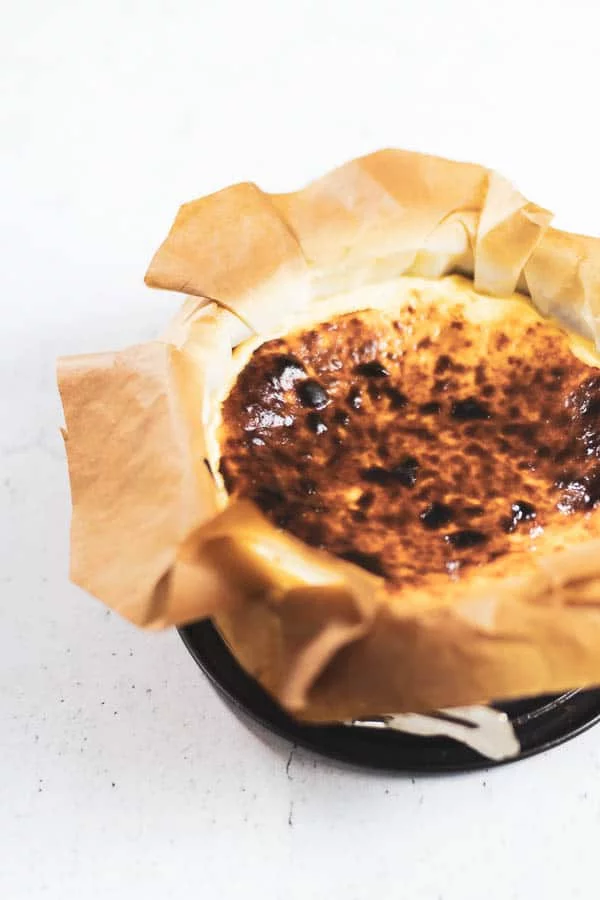
Jump to:
▶︎ Recipe Video
What is Basque Cheesecake
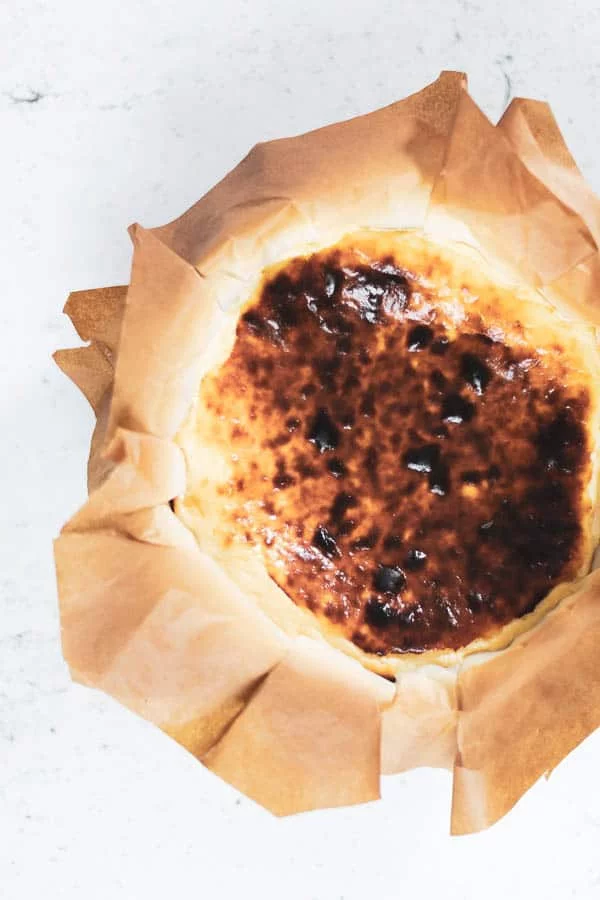
In the Basque region of Spain, specifically in the city of San Sebastian, you'll find many bars serving small plate dishes called "pintxos." Despite not being a very large city, San Sebastian boasts one of the highest densities of Michelin stars per square meter, making it one of the cities with the most Michelin stars in the world.
Among the well-established restaurants in San Sebastian, one such place is "La Viña," and their cheesecake is considered the original Basque cheesecake that has become so famous. Interestingly, it's not a traditional cake with a long history, but its popularity has surged over the past decade. The recipe for this bar's cheesecake has been openly shared, leading other bars to adopt it and serve their own versions. This trend has spread globally, and now the cake is known as "Basque cheesecake" in various countries.
Basque Cheesecake Features
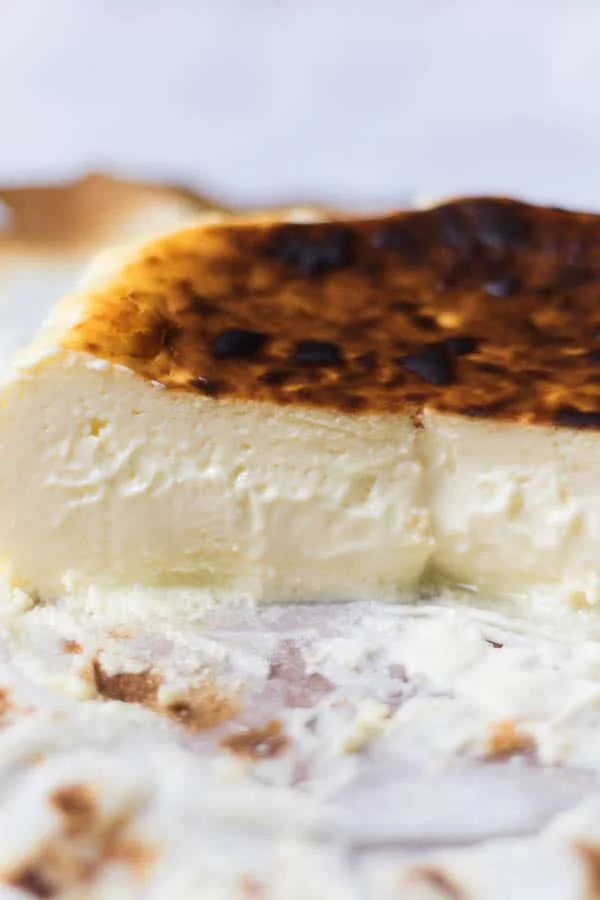
The distinctive feature of Basque cheesecake is its casually filled mold lined with parchment paper, resulting in a cake with a blackened crust. While our attention may be drawn to the "burnt" appearance, the real charm lies in its oozy and soft texture, reminiscent of a creamy pudding. When you closely observe La Viña's Basque cheesecake, you'll notice the blackened spots, as if seared over high heat, intermingling with the white portions of the cheesecake.
This led me to wonder why they chose to bake it this way, and I found myself drawing a comparison to Neapolitan pizza.
Neapolitan pizza is known for its characteristic appearance, with a spotted blackened crust and a chewy interior, achieved by quickly baking the pizza dough in a high-temperature stone oven. I imagined that if you were to bake it at a regular temperature, you would end up with a pale surface and a dry pizza inside.
Likewise, it seems that La Viña's cheesecake is baked at high heat to create a contrast by firming up the edges while leaving the center semi-molten and velvety. When I first attempted to make this Basque cheesecake, I was preoccupied with achieving the perfect "burnt" color, which led to overcooking and a cheesecake that was nothing more than blackened. It was only when I approached it with the image of Neapolitan pizza in mind that I finally arrived at a recipe that I was satisfied with.
La Viña's Cheesecake
Until last year, I lived in Bordeaux, in the southwestern region of France, so the Basque region in the northern part of Spain was just about a half-day drive away. This made it convenient to visit San Sebastian and try the cheesecake at "La Viña."
Located slightly outside the bustling old town, close to the coast where famous bars line the streets, La Viña offers the joy of having cheesecake alone. A few years ago, after indulging in a delightful array of pintxos, I decided to top it off with a slice of their cheesecake.
Inside the restaurant, numerous cheesecakes set in molds are on display, and upon placing an order, they bring you a sliced piece. They also offer whole cakes for purchase. The taste is not quite like the typical cheesecake; it has a smoothness resembling a pudding. Many cheesecakes are dense and rich, providing a substantial eating experience, but this one has a soft texture that doesn't feel heavy, yet it carries a delightful richness.
How to make Basque Burnt Cheesecake
Despite its incredibly soft and pudding-like texture, the recipe for this cheesecake is no different from a regular cheesecake. The key lies in the baking temperature. Most of the time, we are cautious about not letting the cake "burn," so intentionally baking it until it's "charred" can be a surprisingly daring move. However, starting with low heat often makes it challenging to achieve a perfectly caramelized crust while ensuring the center remains gooey. By the time you get a nice browning on the surface, the center might have already cooked through, resulting in a texture similar to a regular cheesecake.
For this recipe, the oven temperature is set at 250°C (482°F), and it is baked for 20 minutes.
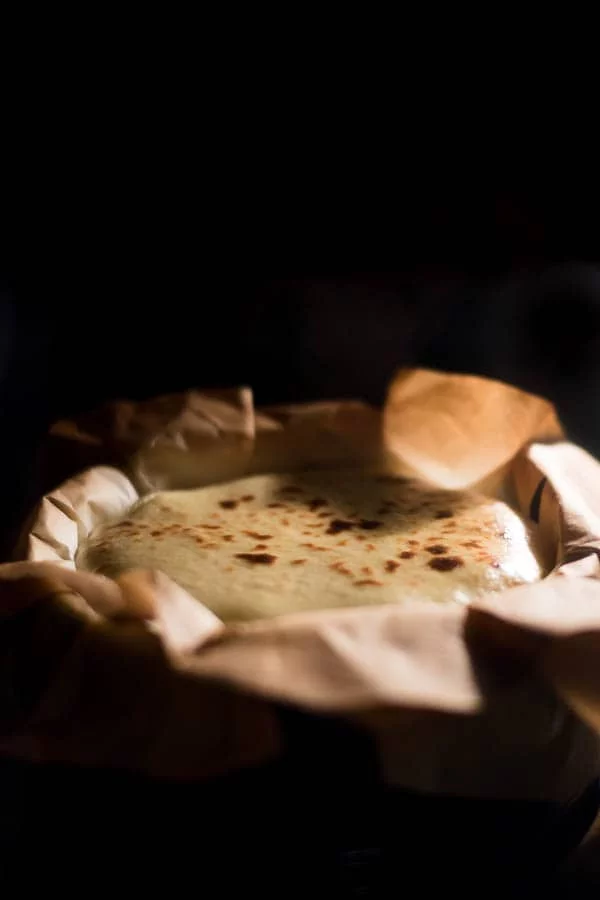
In my home oven, around 10 minutes into baking, the cake slowly starts to rise, and small black spots begin to appear on the surface. These black spots gradually increase and connect with each other, reaching a point where it's about 20 minutes into baking. At this stage, I immediately take the cake out of the oven.
As soon as I take it out, I gently shake the cake, and it has a perfect wavy texture throughout. The outer part is baked while the center remains semi-cooked.
Depending on the oven being used, the time to achieve the desired browning may vary, but here are the key points for baking:
- Bake at high temperature (around 250°C (482°F) or higher).
- Keep it for a short time (around 20 to 25 minutes, until the top gets a browned color).
After it's done baking, you can't eat it right away ????. Let it cool down to room temperature, then refrigerate it overnight to chill thoroughly before serving.
A cheesecake with a semi-molten and gooey center
In the usual baked cheesecake, a low-temperature water bath method is employed to slowly cook the cake, resulting in a smooth and creamy texture. However, in this recipe, a different approach is taken. The cake is baked at high temperature, creating a firm crust around the edges while leaving the center semi-molten and gooey.
Both recipes produce creamy and smooth cheesecakes, but they offer slightly different textures. I encourage you to try both recipes and experience the delightful variations! 🙂
Equipment

See more recipes

Basque Burnt Cheesecake
- Total Time: 40 minutes
- Yield: 8 servings (15cm / 6" cake pan)
Description
This unique looking Basque Cheesecake with its borders on burnt and a jiggly center is a very popular cake in San Sebastian.
Ingredients
- 450 g cream cheese
- 100 g granulated sugar
- 3 eggs
- 1 tsp vanilla extract
- 2 tbsp cake flour
- 250 ml heavy cream
Instructions
PREPARATION
- Line a 6-inch cake pan with 2.5-inch sides with baking paper. Then you can use your hands to crease the sides to hold its shape and trimmed to have an overhanging amount of 1.5-inch.
- Place a rack in middle of oven; preheat to 480°F (250°C).
For the Cheese Cake Mixture
- In a large bowl, beat sugar and cream cheese together until smooth.
- Add the eggs, one at a time, beating after each addition. Add vanilla extract and stir.
- Sift flour evenly over cream cheese mixture and stir gently until incorporated.
- Add the heavy cream and stir until mixture is very smooth.
- Strain the mixture and pour into prepared pan. Place round baking pan onto the middle oven rack.
- Bake at 480°F (250°C) for 20 mins until top is dark amber and the center still jiggles like it is completely liquid.
- Let cool on a wire rack at room temperature and refrigerate overnight.
- Prep Time: 20 minutes
- Inactive Time: 0 hours
- Cook Time: 20 minutes
- Category: Cakes
- Cuisine: Spanish
Nutrition
- Serving Size: 1 grams
- Calories: 389
- Sugar: 16
- Sodium: 212
- Fat: 33
- Saturated Fat: 19
- Unsaturated Fat: 10
- Trans Fat: 0
- Carbohydrates: 18
- Fiber: 0
- Protein: 7
- Cholesterol: 162


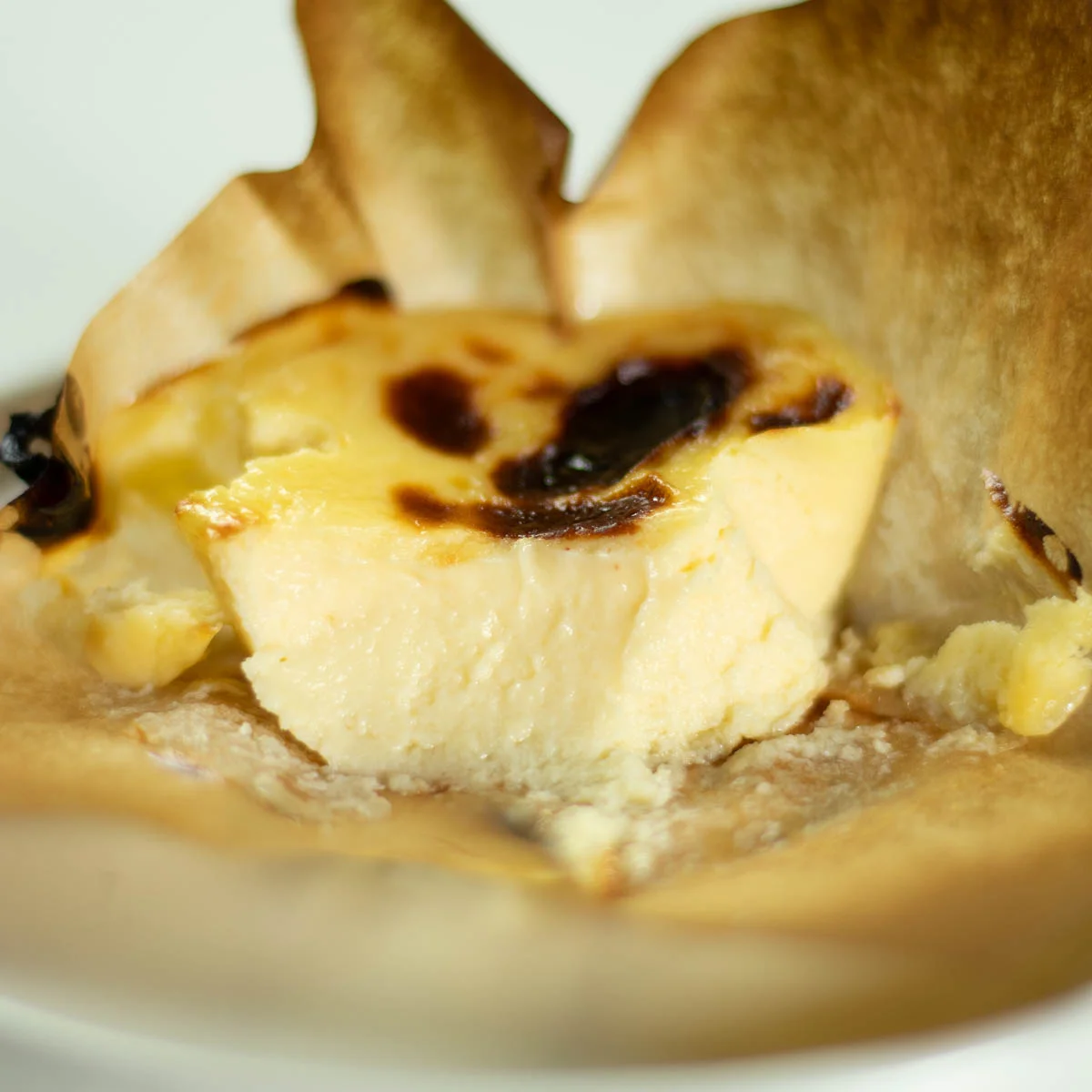
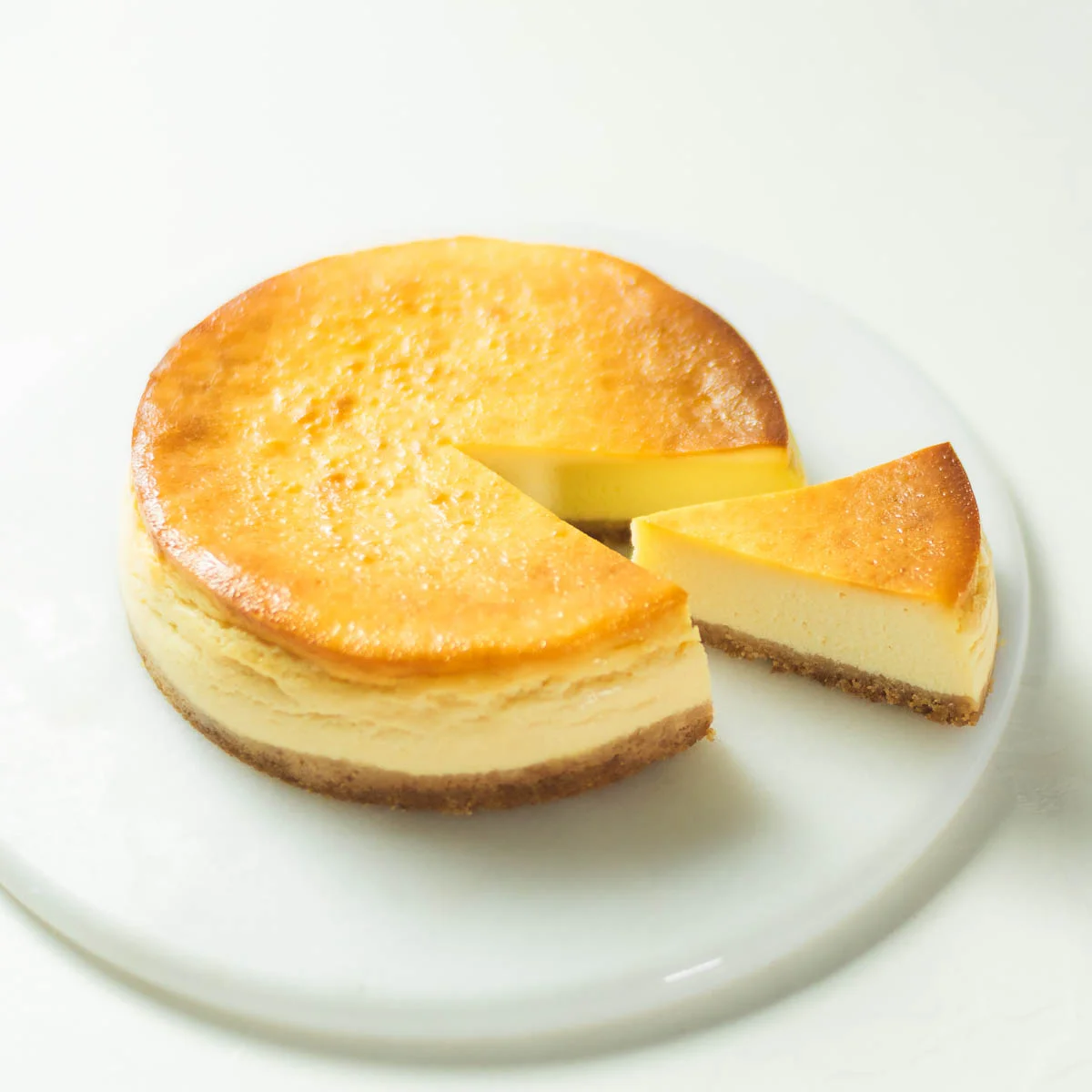
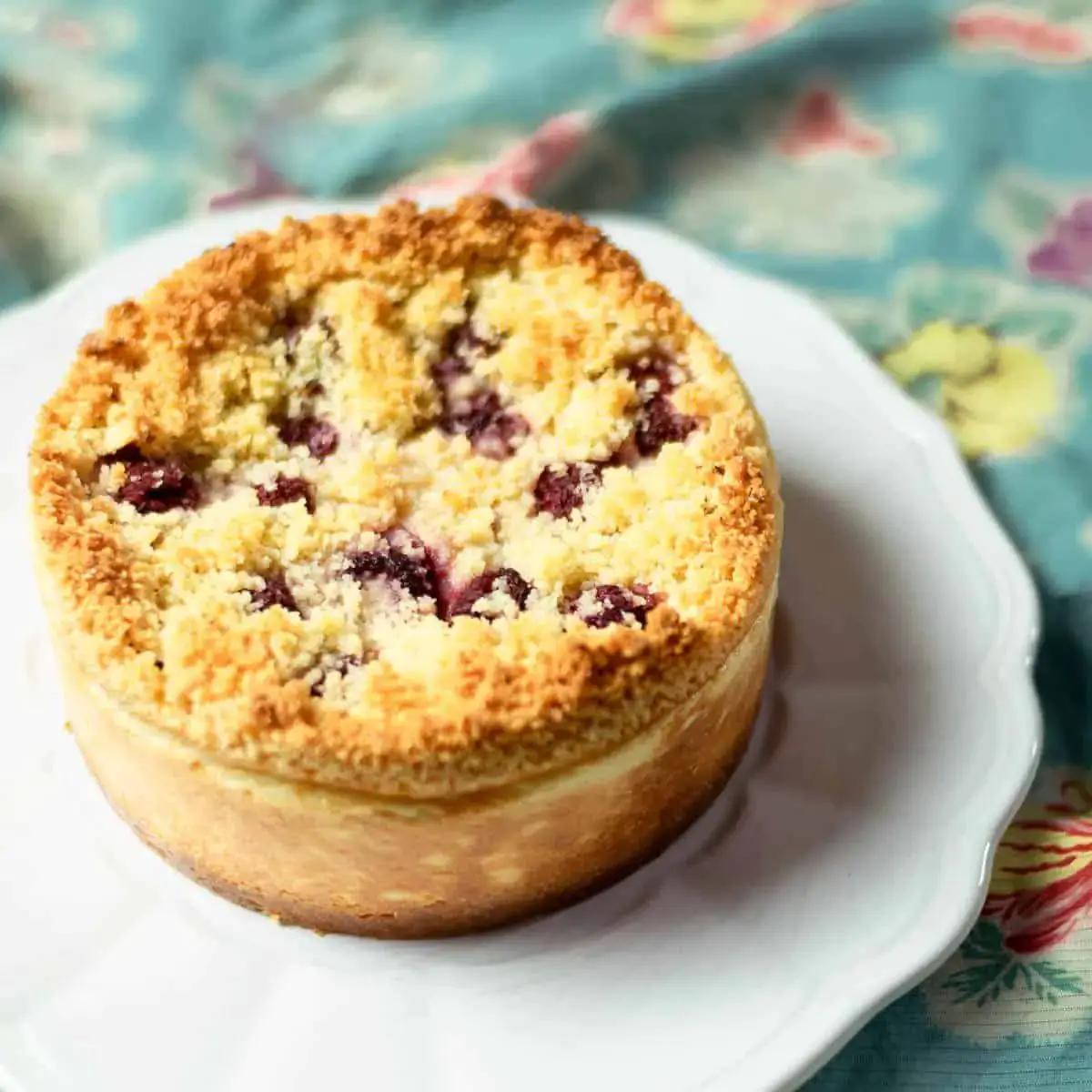

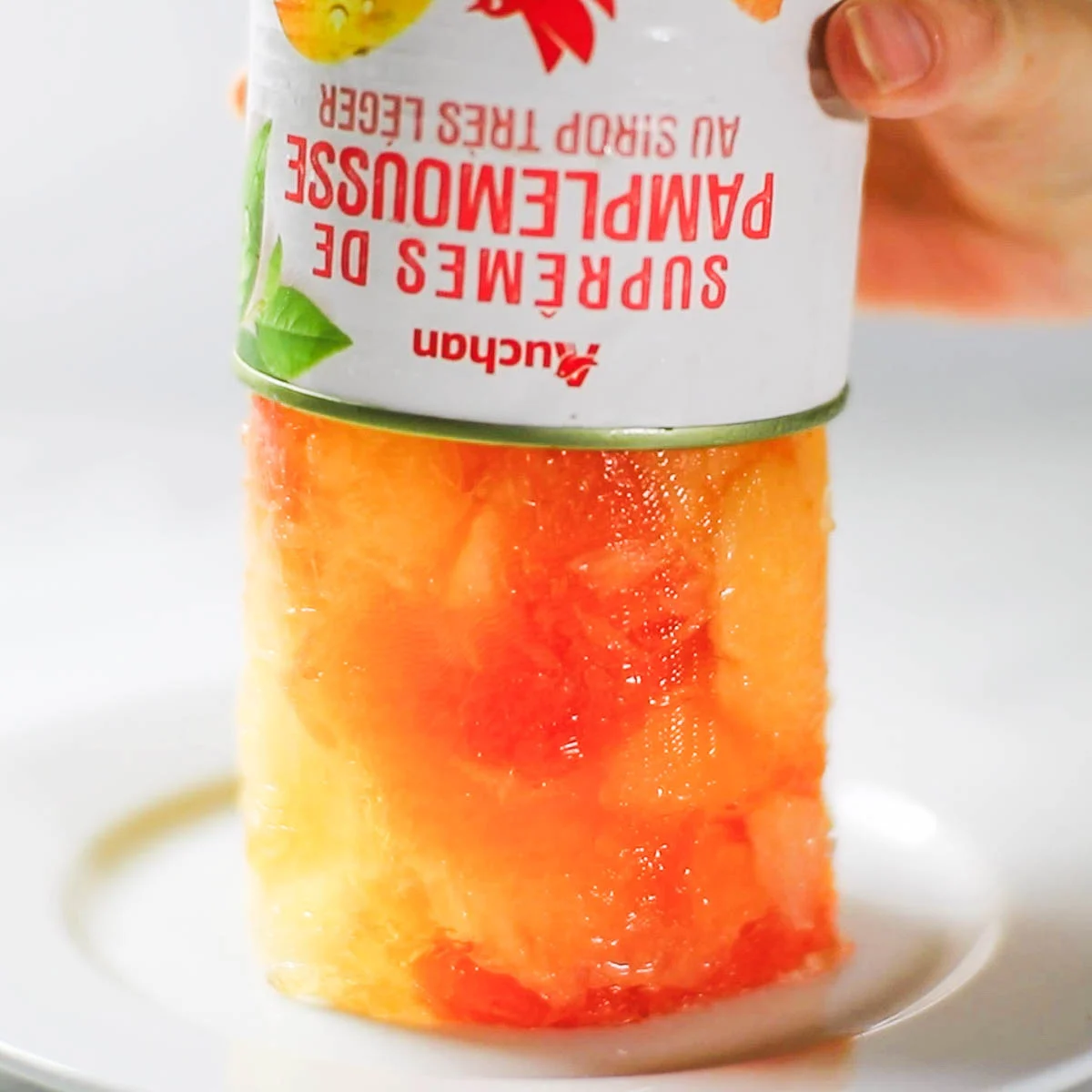
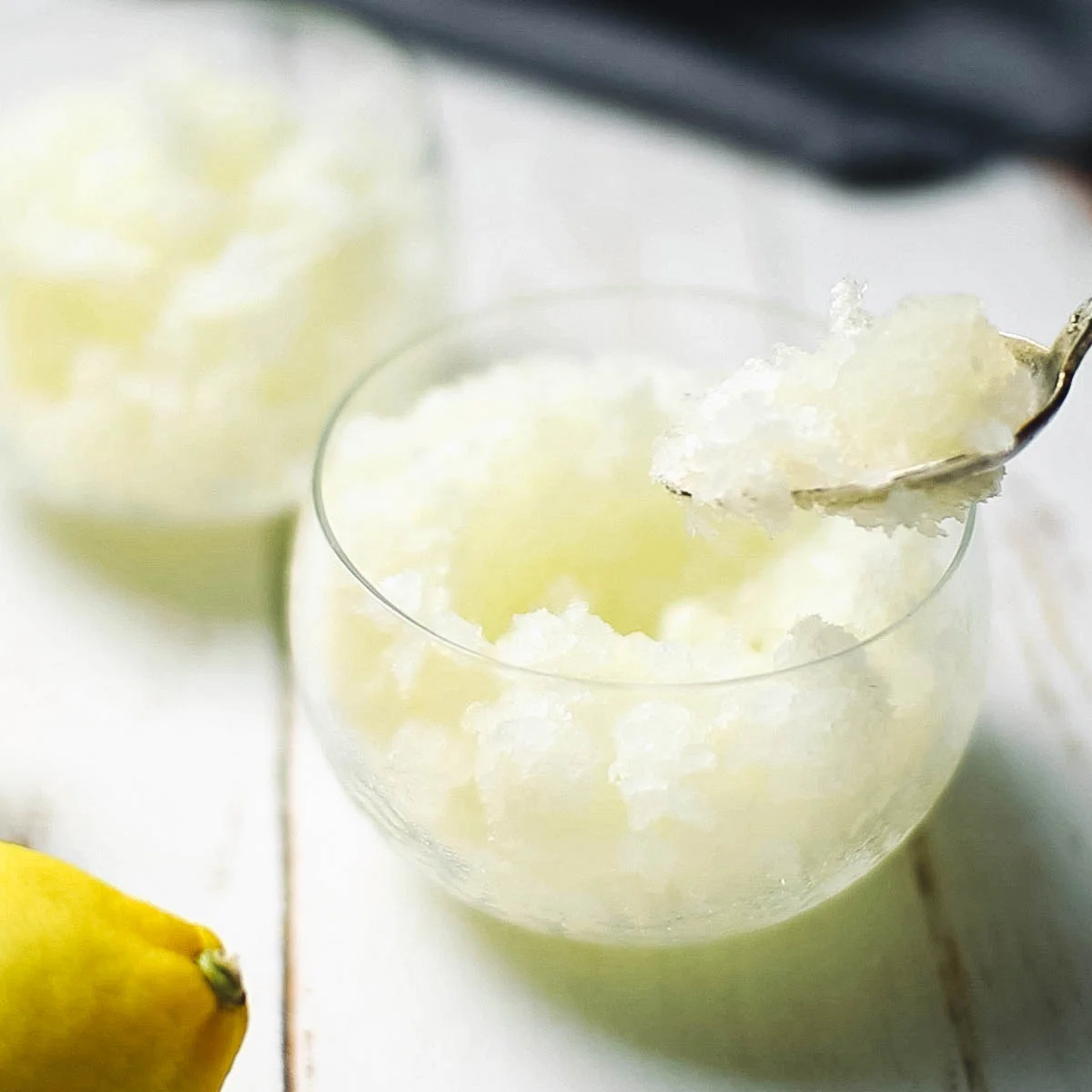
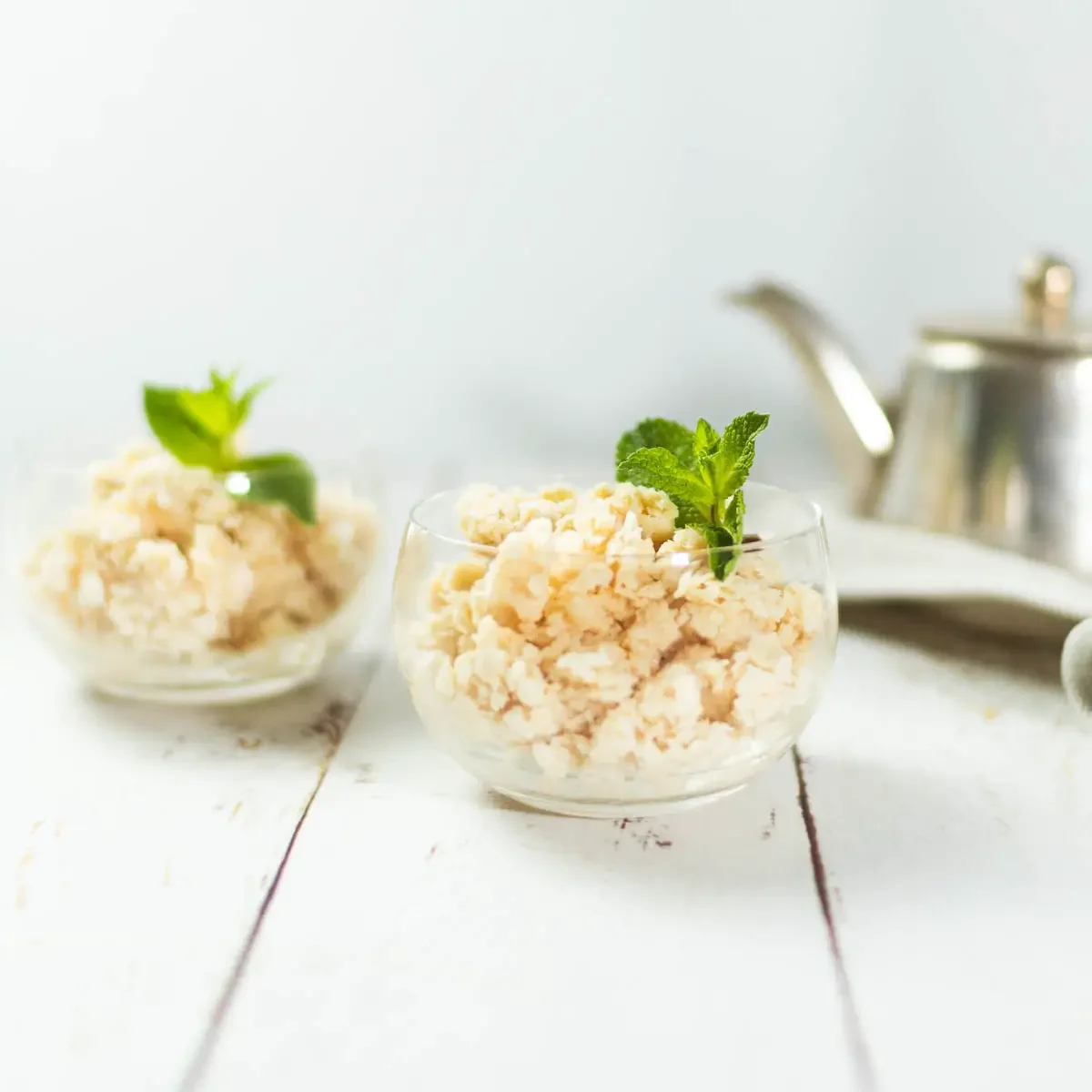
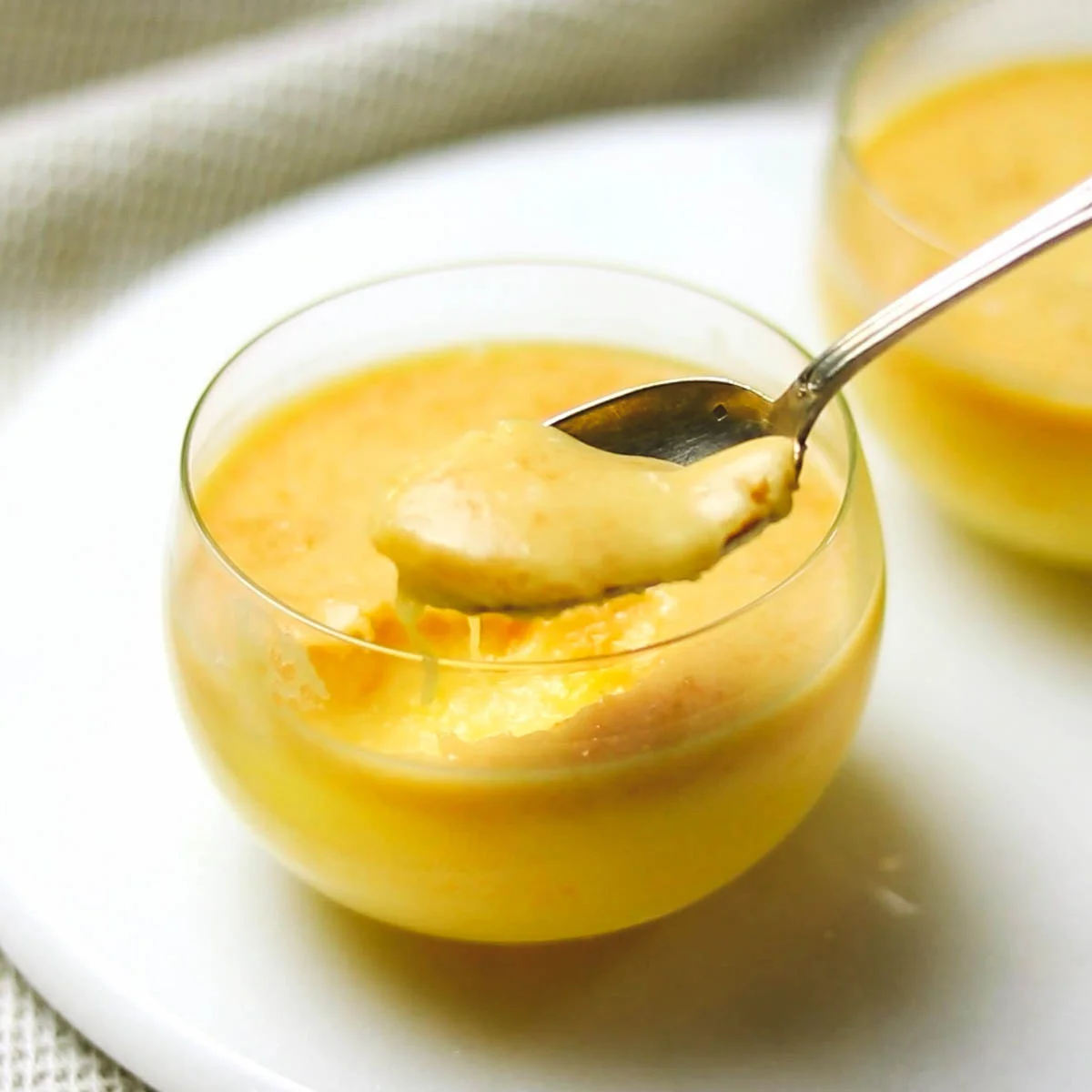
Leave a Reply